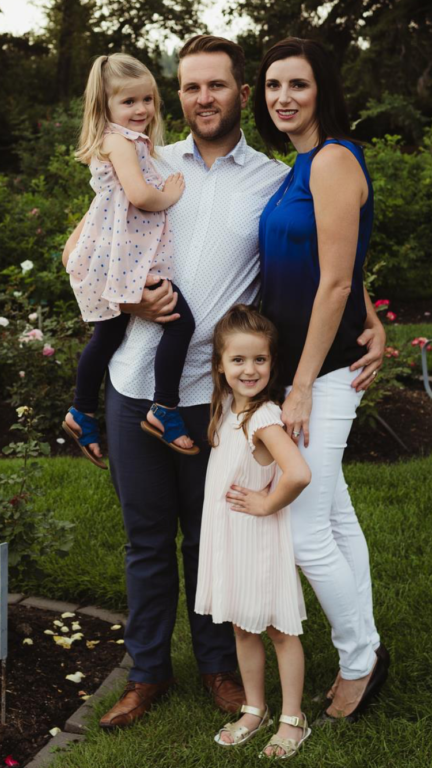Playing with the FIRE movement
The FIRE movement preaches an extreme frugality that isn't sustainable for the majority of us. But taking on board some of its ideas in moderation could do most people a lot of good.
Advertisement
The FIRE movement preaches an extreme frugality that isn't sustainable for the majority of us. But taking on board some of its ideas in moderation could do most people a lot of good.


Affiliate (monetized) links can sometimes result in a payment to MoneySense (owned by Ratehub Inc.), which helps our website stay free to our users. If a link has an asterisk (*) or is labelled as “Featured,” it is an affiliate link. If a link is labelled as “Sponsored,” it is a paid placement, which may or may not have an affiliate link. Our editorial content will never be influenced by these links. We are committed to looking at all available products in the market. Where a product ranks in our article, and whether or not it’s included in the first place, is never driven by compensation. For more details, read our MoneySense Monetization policy.
Share this article Share on Facebook Share on Twitter Share on Linkedin Share on Reddit Share on Email
I assume that someone truly living the FIRE lifestyle lives off of returns their investments provide. I am curious to know how people who take part in the FIRE movement are doing now that the market is significantly decreased, which will likely experience another significant decline within the next 12 months. Have these people had to return to work at least part-time or are they receiving government assistance?
I see young people with 2 cups of coffey from Tims. Second Cup, etc every day at a cost of $5.00
and for a year (365 days) it comes to $1,825.00 a year. Then they tell you that they have a large Credit Card balance. If they buy a couple of DO-Nuts it will be more than double the debt !
To reduce their spending on this one item they should buy a thermos bottle and instant coffee make it at Home before work and drink it at work all day. Take a couple of sandwiches also.
Keep away from Bars at night. This is NOT Rocket Science ! SAVE YOUR MONEY !
Wow Moneysense has comments functioning again? I’m impressed.
I’ll just repeat what I have observed and stated for years. Most of the these FIRE folks are not 100% genuine. They frame their situation positively to get clicks. Most simply get income from their side hustles, an unconventional business, peer to peer lending, being a landlord, blogs, or their spouse works and has health benefits. (and so on…) All these things still have a time value investment attached to them. But focusing on those facts does not make an exciting blog. It’s very much like these travelling food critics on TV. They are paid to go all over the world and make a romanticized video log of it. However it’s filmed to look organic. Have you noticed how many shows now look like a YouTube channel?
The few that have done this (Fire in its envisioned traditional way) honestly, I tip my hat to…